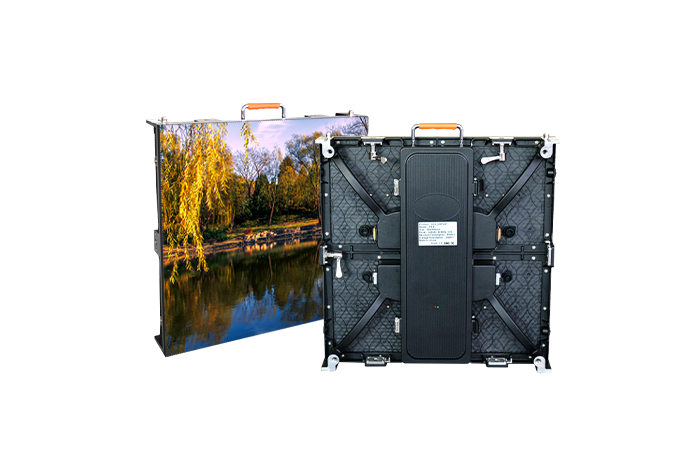source:other news release time:2022-12-07 Hits: Popular:led screen wholesaler

OLED, also known as organic light-emitting diode, refers to the phenomenon that organic semiconductor materials and light-emitting materials emit light through carrier injection and recombination driven by an electric field. One of the biggest advantages of OLED is self illumination. Unlike the non luminous liquid crystal, it needs to rely on the backlight. The self luminous OLED can make the TV very thin. LG even makes the OLED TV a stunning 2.57 mm thick, and the thickest part is not more than 5 mm. Moreover, because OLED is pixel self illumination, it can switch each pixel, achieve pixel level partition backlight, and theoretically achieve infinite contrast.
QLED is also known as quantum dot light-emitting diode. OLED has the advantages of QLED, such as self illumination, low response speed, wide color gamut, and so on. Of course, the advantage of QLED is incomparable to OLED, that is, QLED uses inorganic quantum dot materials, which have a longer life than OLED organic materials, and will not burn the screen.
However, because the quantum dots of quantum dot light-emitting diodes are vulnerable to heat and moisture, they cannot use the same process as OLEDs, and new processes need to be developed. QLED technology has just started, and there are many constraints, such as low reliability and efficiency, unstable component life, and difficulties in solution manufacturing process research and development. So at present, QLED only exists in the laboratory, and there is still a certain distance from commercial use.
In short, MicroLED is similar to the LED luminous billboards we see on the road, but MicroLED has achieved the micron level for each small lamp bead. Like OLED, MicroLED is pixel level self illumination. It miniaturizes the traditional inorganic LED array, and each LED pixel with a size of 10 microns can be independently addressed and lit.
MicroLED has higher brightness, better luminous efficiency and lower power consumption than the existing OLED technology. However, MicroLED has a big problem, which is the manufacturing process is difficult. The most difficult one is the "massive transfer technology". In brief, how to transfer tens of millions of pixel point light sources to the substrate.
Who are OLED, QLED and MicroLED the next generation display technologies? If, in terms of performance, the pixels are also self illuminating and will not burn the screen, QLED and MicroLED, which have a longer life, will undoubtedly beat OLED. But if we consider the current development of various technologies, the situation will be different. QLED is still in the laboratory stage and mass production is far away; MicroLED has low yield and high cost, and there are no real civil products available at present; In contrast, OLED has been able to achieve mass production. Although the price is generally much higher than LCD, it is also acceptable.
At this stage, OLED may be expected to replace LCD as the next generation display technology if the price can be further reduced. But in the long run, OLED is also a transitional technology, and QLED and MicroLED are the final forms. However, as far as the current situation is concerned, although LCD has been replaced by OLED in small screen fields such as mobile phones, it is still the absolute big brother in the TV field.
Read recommendations:
Technical solution to mixed-color full-color LED display.p3.91 p4.81 rental led screen
LED display category category model resolution method.rental led display module